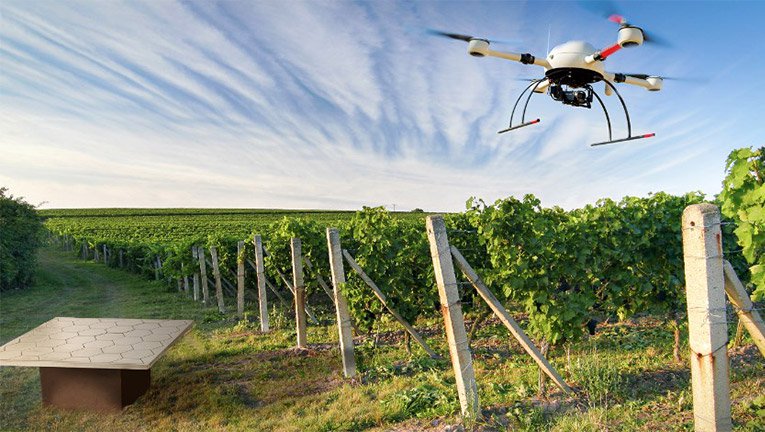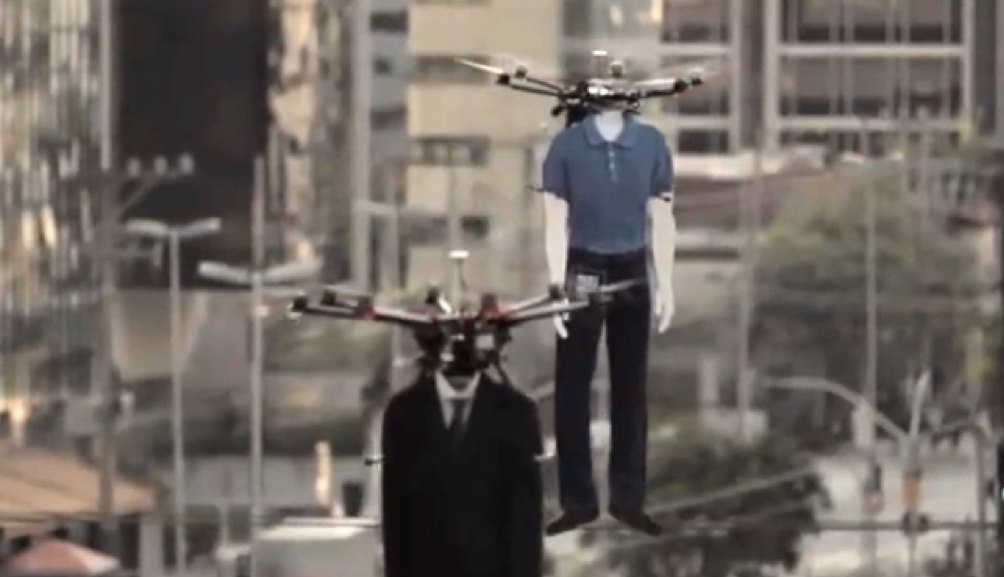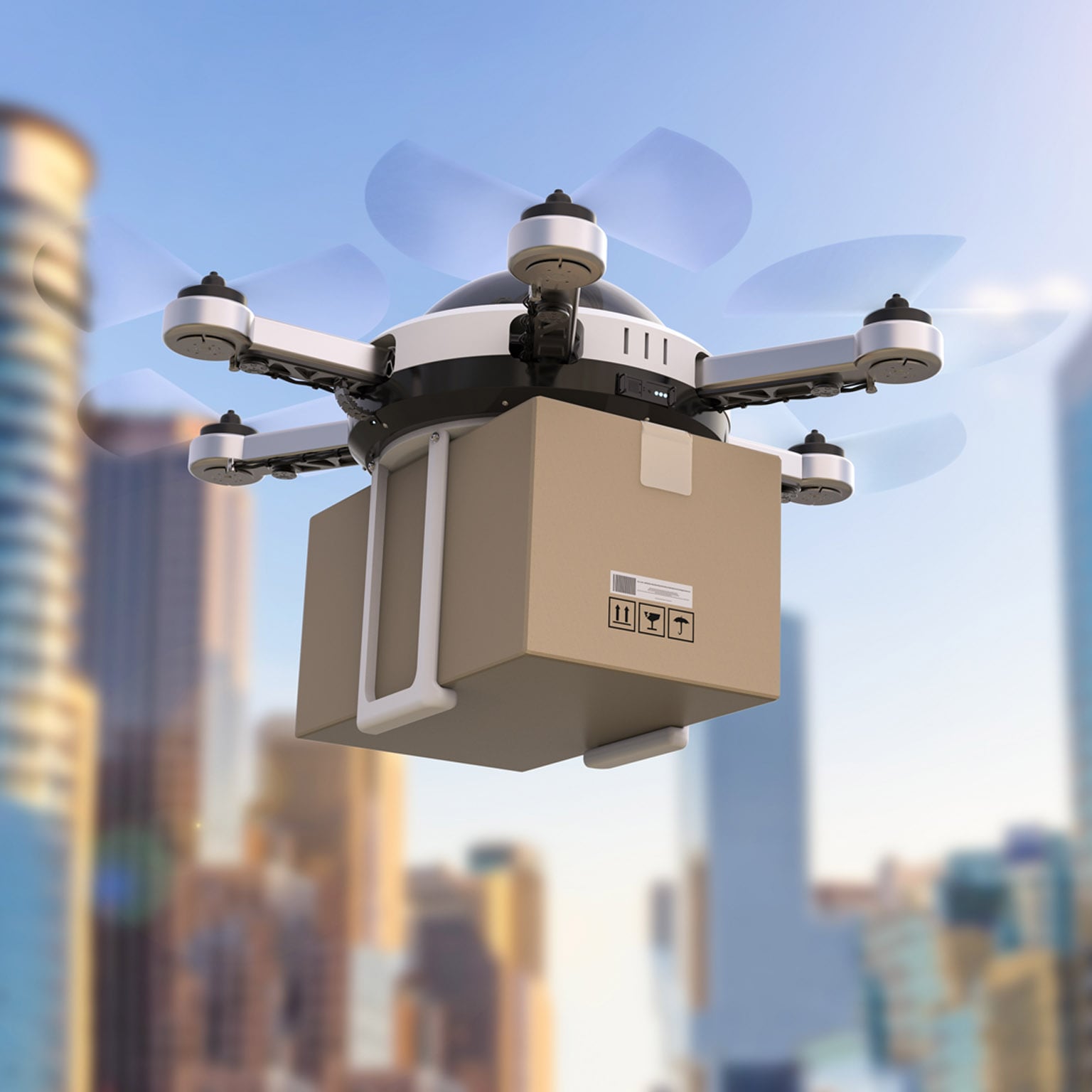
The DJI Spark is a small drone featuring the DJI trademark DJI technologies. The DJI Spark is a mini drone with intelligent flight control options and a mechanical tilt. It also has an incredible camera. Even a novice pilot can create breathtaking footage. This mini drone is easy to fly. Learn more. *** What's so special with the DJI Spark
Yuneec Breeze
Both the DJI Spark, and the Yuneec Breeze can be carried easily. You can see the difference in size and weight when you compare them cote–to-cote. Spark is less than 312g and comes with protective braces and a camera encastree. These features enable both drones to withstand drops and other types of bumps.
Both drones record 4K video. The Breeze lacks the mechanical gimbal, which can cause camera shake. The DJI Spark can record 4K videos better with better image stabilization. Both drones feature a GPS that allows them to pinpoint their location in realtime. Both drones are capable of being controlled with hand gestures. It's up to the user to choose which drone is most suitable for their needs.

Hover Camera Passport
The Dji Spark Hover Camera Passport is a great choice for aerial photography. Its compact carbon fiber body ensures that it is safe to be grabbed mid-air and taken photos. It even features face recognition. The best thing about it is its simplicity. There are no tedious or complicated controls. It's small enough to be carried around in a backpack or day bag.
This camera has many of the same features as the Spark, including the ability to turn on and launch the camera with just your hand. It also recognizes your face and can follow you without a controller. It can also respond to gestures. The Passport's cameras are far more powerful that the Spark. It comes with a 13MP camera, 4K video recording and a 4-K video recorder. We recommend getting this camera if you plan to use it in rough terrain.
DJI Mavic Air
The DJI Spark for Mavic Air and Mavic Pro drones are similar in size and price, but there are several differences between the two models. One of the biggest differences is the battery life. While the Mavic Air claims a flight speed of 21 minutes, it hovers for 18 minutes. The Spark has a flight time that is only 16 minutes, and hovers for around 12 minutes.

Mavic Air's sensor technology has greatly improved its accuracy. It now has backward-facing sensors, and a feature called "APAS" – Advanced Pilot Assistance System - which allows it fly around obstacles. To initiate the flight, just tap the MavicAir using your palm. Once it detects your palm, the drone will take off and fly around obstacles, automatically following you when you move your palm.
FAQ
Is it possible to fly a helicopter while driving?
Drone flying while driving can be dangerous as you may collide with another vehicle or object. You could also hit pedestrians and animals. You could also damage your car if you hit power lines, trees, or other buildings.
Is it possible to buy a drone from overseas?
Many drones can be purchased online. Many people prefer to buy their drones online through Amazon, eBay or Walmart. Others prefer to purchase drones directly through the manufacturers.
Which drone is the best?
The DJI Phantom 2 Vision+ is a popular beginner drone. The DJI Phantom 2 Vision+ comes with a 4K camera that allows you to capture high-quality aerial shots and videos. You can easily navigate this drone using its built-in GPS system.
What are the rules and regulations for drones operation?
The FAA will require you to register your drone. The registration process requires you to provide information about your device, such as its weight, dimensions, battery capacity, operating frequency, and battery life. A FAA identification number is also required.
How do you travel with a drone?
Drones are increasingly becoming popular both for personal and commercial use. Drones are used for filming, photography, aerial mapping, search and rescue, as well as other purposes. Recent regulations regarding drones have been approved by FAA. They include new requirements for registration and licensing, pilot training, insurance, and other requirements. These changes will help ensure that drones remain safe for everyone involved.
Statistics
- According to Indeed, a drone pilot gets paid $25.73 per hour on average in the US. (dronesgator.com)
- According to the multiple listing service (MLS), houses and apartments with drone photographs are up to 68 percent more likely to sell than those without pictures. (thedroneu.com)
- With the top 10% making over $100/h and the bottom 10% making as low as $10/h. (dronesgator.com)
External Links
How To
How To Fly Drones For Beginners
A drone is an unmanned aerial vehicle that can be remotely controlled and used for surveillance, aerial photography, film production, research, and other hobby purposes. Drone technology has been around since World War II. DJI introduced their Phantom series of quadcopters in 2010, but commercial use only began in 2010. Since then, there have been many different types of drones available, from beginner-friendly models like the Parrot AR Drone 2.0 to professional-grade multi-rotor craft like the DJI Mavic Pro.
There are many methods to fly a Drone, including
-
Remote control – This technique uses a control device attached directly to your hands that allows you steer the drone around its flight path. There are two main types for controllers: Joysticks or On/Off switches, which can be used to control the drone's flight path.
-
Manual Control - Using a smartphone app, this method allows users to remotely operate the drone via GPS coordinates. You will need to keep track of where the drone is going and follow the directions from the app.
-
Autonomous Flight: This means that the drone will take care of all the piloting. It's basically flying autonomously without any human intervention. The drone must be equipped with a camera and sensors that can capture images and data in order to fly autonomously.
-
Triggered Flight: This is similar in concept to manual control. The pilot manually creates a route and the drone then follows it until it reaches that endpoint. After the preprogrammed route is complete, the drone will automatically land and return to its base.
-
Landing Gear: Some drones have landing gear that allows them safely to land in case they lose power or run low on battery.
-
Goggles: Some pilots use goggles in order to protect themselves against debris when operating.
-
Camera – Some drones have cameras, which allow you to take photos or videos from up high.
-
Obstacles-Some drones come with obstacle avoidance devices that keep them from hitting obstructions.
-
Speed – Some drones can reach speeds in excess of 40 mph.
-
Battery Life: Most drones have a battery life of between 20 and 30 minutes depending on how many power sources you use.
-
Some drones have a range of up to 30 miles, depending on their model.
-
Power source: Some drones will require an external power source while others can be powered by internal batteries.
-
Weight - Some drones can be as light as 1 pound while others can reach 4 pounds.
-
Size - Drones can range in size from tiny devices that can fit in your palm to heavy crafts that weigh 50 pounds.
-
Price - All drones fall within a specific price range, from high-end models that can cost thousands of dollars to lower-cost options starting at $100.